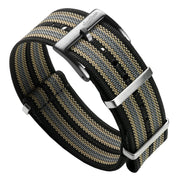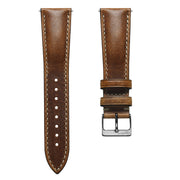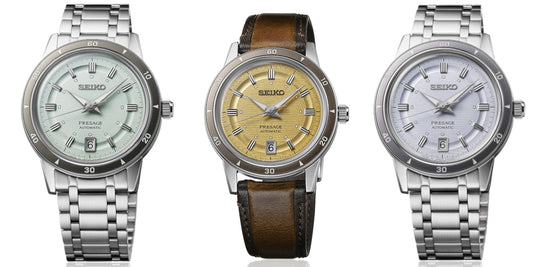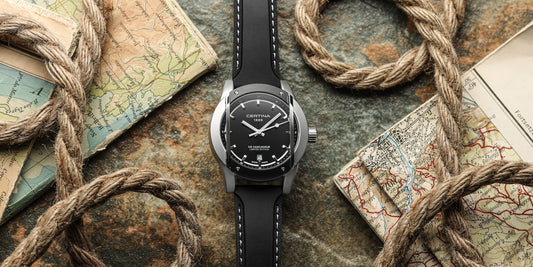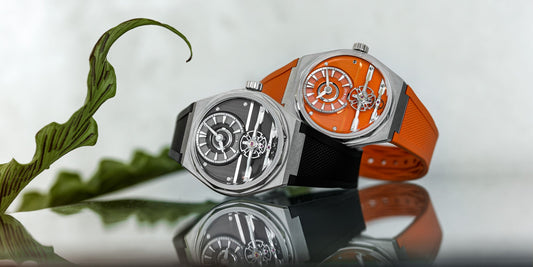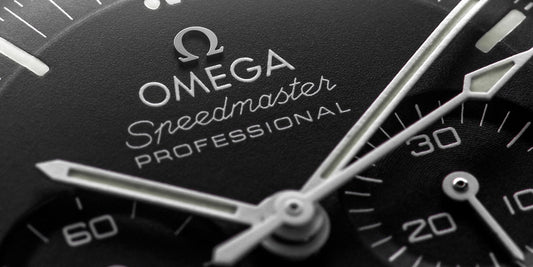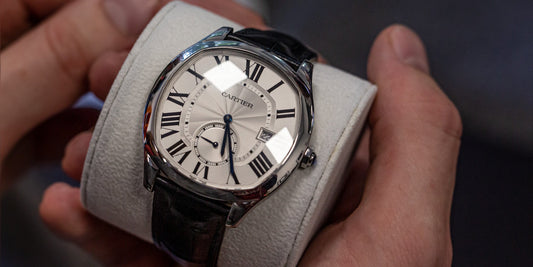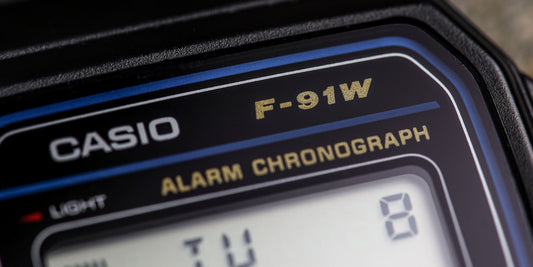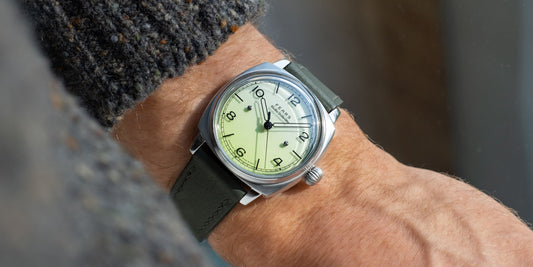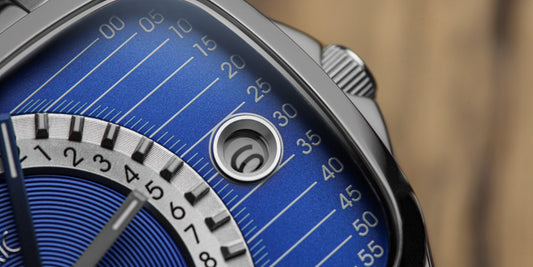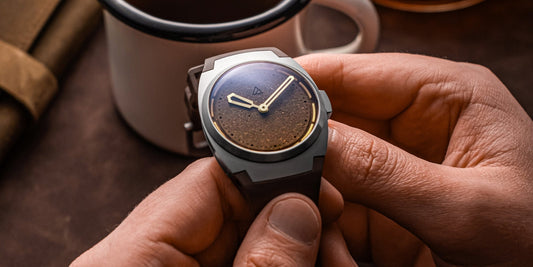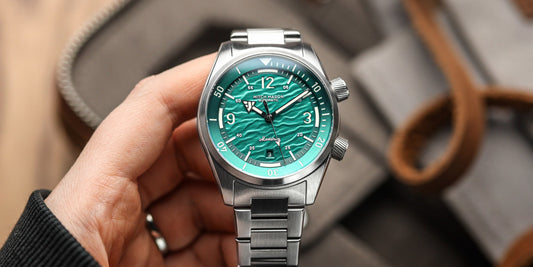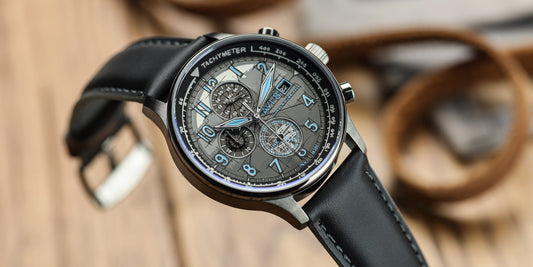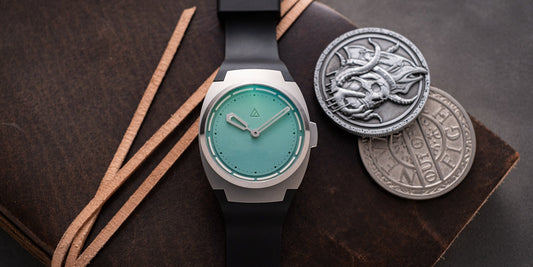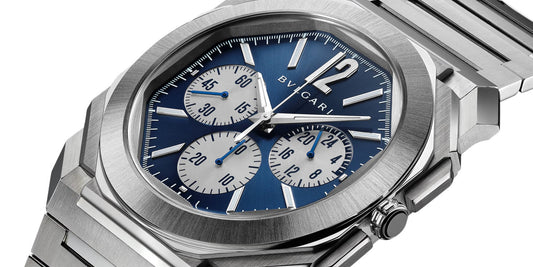Doxa has been a name on the tip of many tongues these past few months, following the Watches & Wonders/Geneva Watch Week reveal of the truly incredible Sub 200T series. Smaller, lightweight, wearable, and presented in an array of classic and contemporary colours, the resized Sub 200T wasn’t just the baby brother of the long-standing 300T but also the entry-level model the brand needed.
It’s not like Doxa hasn’t produced extremely affordable alternatives to the Sub 300T and Sub 300 before, but they never captured the spirit or style of the brand as successfully as Doxa’s eternal icons.
That all changed with the Sub 200T drop. The brand wasn’t just resting on its laurels and creating nonsensically niche iterations of its bestsellers (which seems to be exactly what many of the bigger, clearly clueless brands have been doing). Doxa has made tangible (and welcome) changes to a beloved piece many lesser brands would have regarded as sacrosanct and untouchable and has positioned the model below the entry point of the popular Sub 300T and even further below the classic Sub 300.
And so the questions that must be asked are, did the 200T inadvertently kill its predecessors? Are the 300T and 300 still flipping their flippers? And why would anyone pay so much more for those models, especially the Sub 300, which retails for a grand more than the 200T?

The answers to those questions are surprisingly simple: no, yes, and because it’s a Doxa 300, and nothing will ever be a Doxa 300 except a Doxa 300.
If that sounds glib or cliché, I apologise. But for dive watch fans, the Doxa 300 is just about as important as an AP Royal Oak is for fans of steel sports watches with integrated bracelets. It’s an icon, a legend, a touchstone. The 300T, preferred by some for its more rugged and utilitarian appearance, helium valve and extreme water resistance (1200 meters), followed the 300 to market two years after Doxa created waves with not only the first commercially available dive watch but also the first one with a bright orange dial. And so the 200T is a derivation of a derivation and yet all three, as subtle as their differences may appear to a non-watch person, stand alone with plenty of reasons to justify their shared existence.

Making a smaller, more affordable version of the 300T doesn’t diminish or devalue either classic model; it simply opens the door to more people (those with smaller wrists/budgets/both) to experience the vibe of a brand whose most iconic offerings were previously oversized/overpriced in their view.
And, in my opinion, it embellishes the legend of the 300 — the original and best. The 200T became the cheerleader of the brand. Nobody — no serious dive watch fanatic — is going to try and spin you a yarn about how the Sub 200T is materially or functionally better than the 300 or 300T, because, quite frankly, it isn’t. But with a little research, it becomes clear exactly what these three models are, why they all exist, and why they cost what they cost. The only part of this situation that’s weird is how rare it is for a brand to do something so thoroughly sensible.

Add to that the transparency and muted self-confidence with which Doxa delivered the news and you have a brand that completely smashed its springtime releases. Not only did Doxa add tangible value to its catalogue, but it also conjured a wealth of good feeling towards it and towards the models that inspired this truly inspired novelty.
And so, after that impassioned tirade about the brilliance of Doxa’s professional dive watches, we turn our attention to the subject of this article, the Doxa 300 Whitepearl and why it might just be the secret star of the show.

While there are many people who may find anything but an orange dial in a Doxa sacrilegious, I must admit the white pairs particularly well with the bubble crystal of the 300 and the 300 Carbon. Although I would struggle to choose it over either the traditional orange or the simply divine Aquamarine, the versatility of the white dial is unrivalled. It is the cleanest model in the family — cleaner, even, than the Sharkhunter (black) or Searambler (silver sunburst) models, thanks to the total absence of the colour for which the brand is best known (orange).
Honestly, the Doxa 300 Whitepearl might be one of the best subtle flexes going for an enthusiasts community that enjoys a bit of after-market strap swapping. In addition to the chromatically neutral black-on-white dial, the date window disappears entirely on this model, quietening the visual noise of the more extravagant pieces even more markedly.

There is one more specification that must be unpacked to fully understand the impact of this watch and just how well it pairs with double-layer military fabric straps and that’s the total thickness.
Coming in a 13.4 mm from case back to crystal top, the 300 is a shade thinner than the bulkier 300T (13.65). However, what is often neglected is the effect the dome of the crystal has on the watch’s visual impact on the wrist.

The height of the crystal is responsible for a couple of millimetres thickness, and the flat, sprawling nature of the bezel and case middle, along with the bowed case back (which has a tendency to sink into the wrist and “disappear” when worn) play their parts in making this an incredibly wearable and strap-friendly watch.
At £2,5950, the Doxa Sub 300 Whitepearl is still an excellent value proposition in the evermore extortionate landscape of luxury watches. In times gone by, the difference between other revered divers from heavy-hitting brands like Omega, for example, was much less chasmic than it is today. Closest to Doxa’s price point for a brand that boasts similarly deep roots in the industry is perhaps Tudor, but as the price of the Black Bay and Pelagos models continue to creep ever upwards, buying into Doxa’s most storied family seems a more attractive option than ever before.





